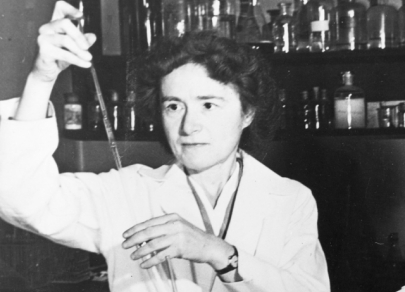
Seven most vibrant places on earth
The world may be full of gray everyday moments, but there are places where color takes center stage. In these stunning corners of the globe, streets burst with rainbow hues, building facades dazzle with bold tones, and the atmosphere feels like a living postcard. Let us explore seven of the most colorful places on the planet.

































